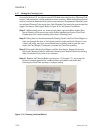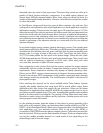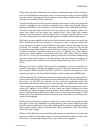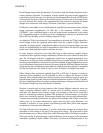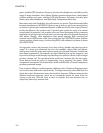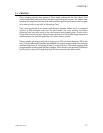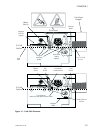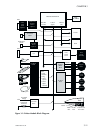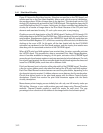color of the print media. In monitors, maximum intensities (maximum additions) result in
white, and minimum intensities produce black. Because light reflected from print media
depends on ambient lighting, users may get darker images from a printer than they see on
their monitor, where a brightness setting exists.
Print illumination (generally from room or outdoor lighting) affects color for all printed
images. When a light source emits less in certain parts of the visual spectrum, a print
illuminated by such a source by necessity reflects less of the associated colors. This occurs
even though the corresponding light reflecting capability remains inherent in the print.
Imagine, for example, the effect of placing a color filter in front of a light source. Only the
visual spectrum parts passed by this filter can reach the print. Viewers can sometimes see
subtle effects of this by observing the same print under sunlight, incandescent lights, and
fluorescent lights.
Sunlight radiates fairly evenly over the entire visual spectrum, rising only slightly higher at
the center. Incandescent lights radiate far more on the red side than on the blue side of the
visual spectrum. Fluorescent lights radiate differently depending on their phosphor
blends. Such classifications as “Cool Light” and “Warm Light” refer to blue-rich and
red-rich enhancements, respectively.
In scientific terms, the question “How white is my source?” is resolved by a side-by-side
comparison between a source in question and a heated black body radiator. The term
“black body” refers to a material that produces no color other than that which results from
heating. Imagine such a material first appearing reddish and then gradually becoming
white hot followed by bluish white as its temperature is pushed higher. These are the
whites to which comparisons are made. In the Graphic Arts industry, the following
standards for white exist:
Region Black Body Temperature
US. 5000°K
Europe 6500°K
The NTSC standard for white is 6500°K. However, only a properly adjusted television or
monitor can produce a standard white.
When close concern for color is important in displaying prints, users should find similar
ambient conditions for a color check. If a color is closely related to identifying a printed
feature, users may find themselves dealing with this level of concern, with skin tones
typically offering the greatest challenge. However, most applications tend to require a less
critical evaluation. Usually, what looks good in one setting tends also to look good in
another, despite any subtle differences in ambient lighting.
Color is very much a function of the device either sensing or producing the color. A
computer monitor that uses a CRT, for example, can produce very bright images, typically
brighter than those produced by a television set. A television set typically can produce a
broader range of colors than can a CRT monitor. Television manufactures emphasize
color range over brightness; monitor manufacturers emphasize brightness over color
range. While the forgoing compromises generally hold true, each device manufacturer, in
fact, takes a different perspective when deciding which formulations to use in the red,
980264-001 Rev. B 3-5
CHAPTER 3






